Over the past decade, adventure travel has shifted from being less about adrenaline and more about learning and transformation. Indigenous tourism, also known as ethnic or tribal tourism, has been a particularly fast growing trend.
For travelers interested in a meaningful interaction with other cultures, these tours can be very rewarding. However, with volumes of visitors increasing rapidly, issues have been raised about whether it’s ethical to visit the tribes and what consequences it bears for the preservation of the native lifestyles and traditions.
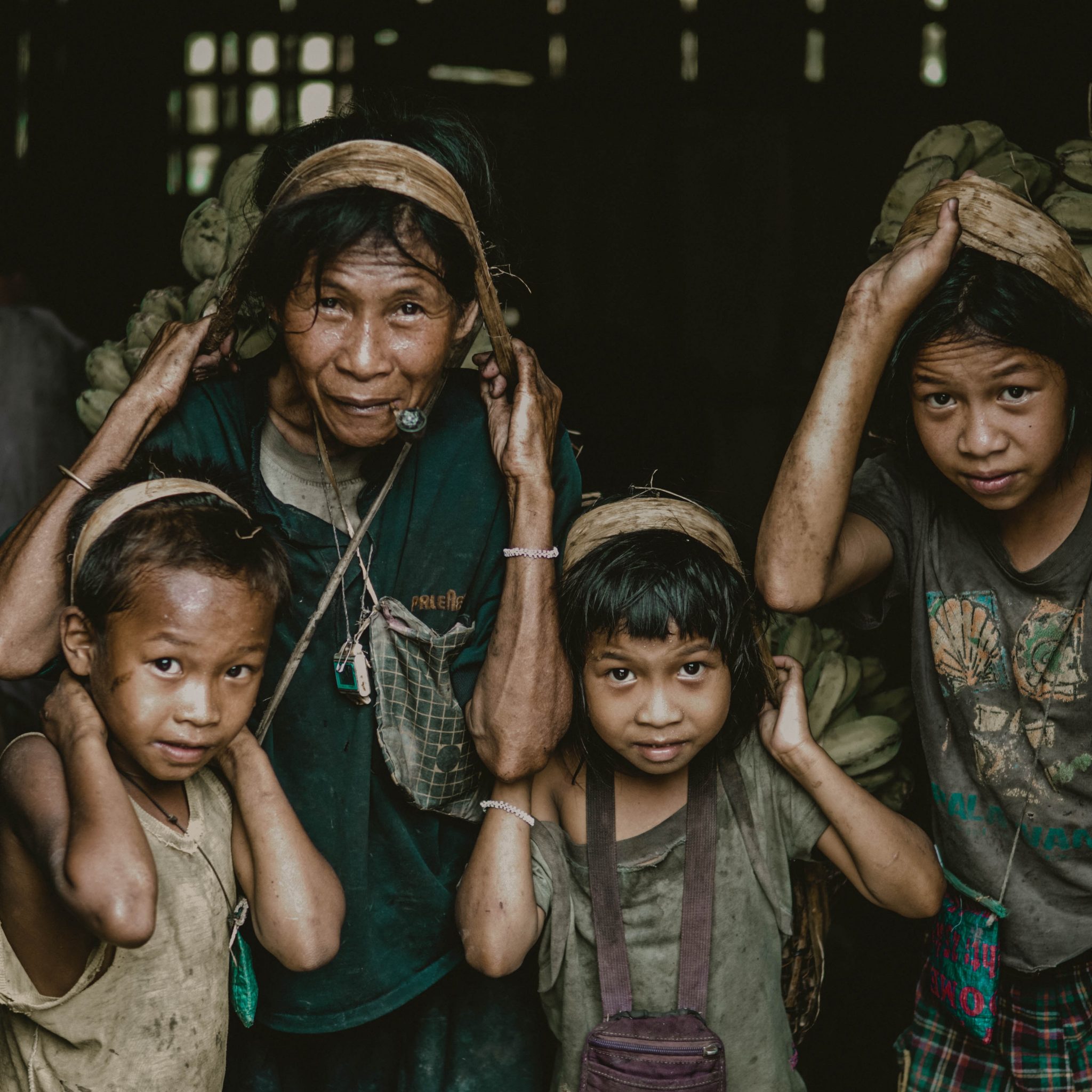
Indigenous tourism is ‘tourism activity in which indigenous people are directly involved either through control and/or by having their culture serve as the essence of the attraction’. These days you don’t have to look far for crafty tour companies and travel agencies offering tribal visits where busloads of foreigners are driven to visit native people in their reservations or villages.
Ideally, the villagers should be able to assert some degree of control over their engagement with tourism and should secure clear economical benefits from this. Unfortunately, in practice often very little of the tourism dollars remain in the villages. There has been growing evidence that the tribes are being exploited by those so-called tour operators looking for quick and easy profit.
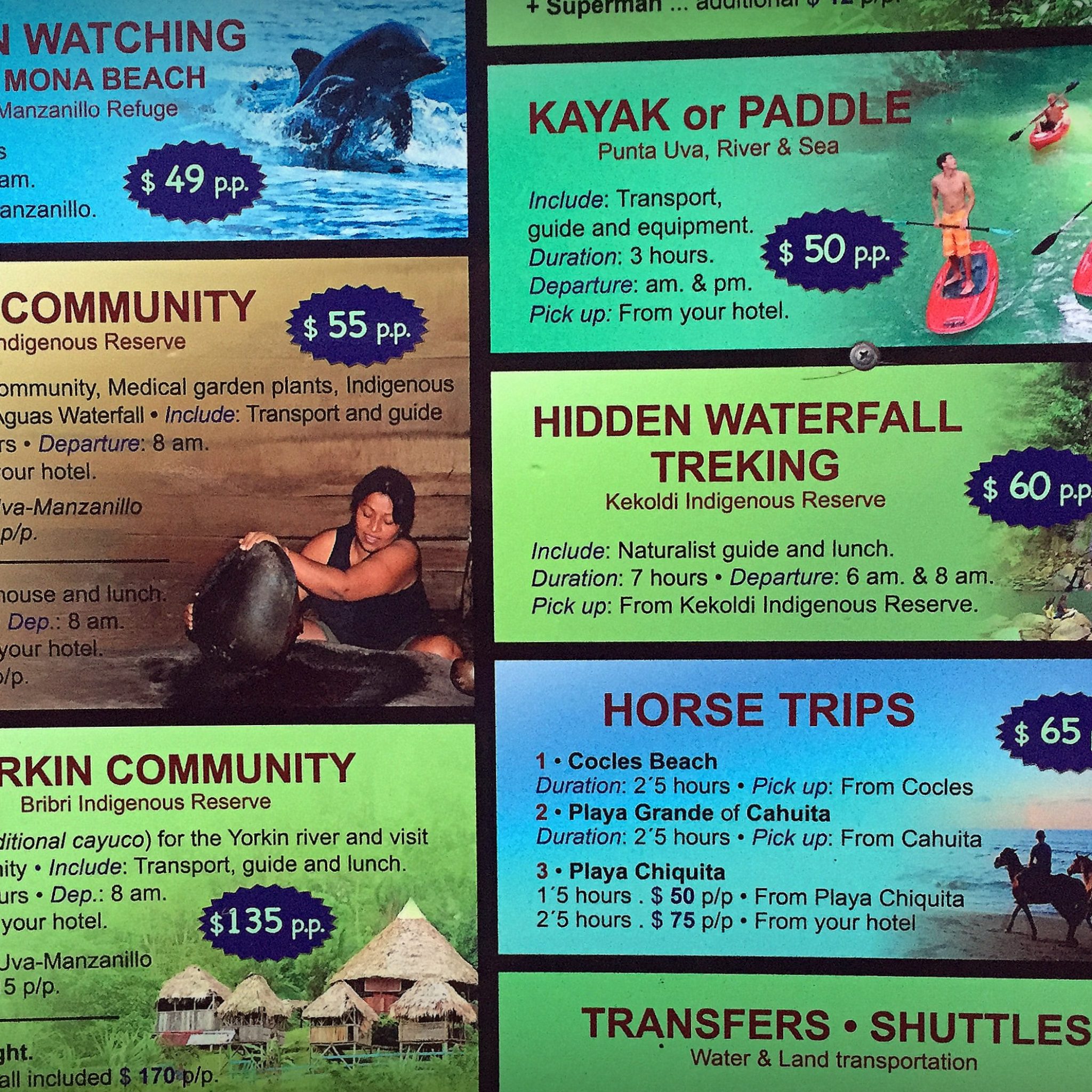
The concerns arise also because in many cases Western visitors come hoping for the perfect photo opportunity rather than true cultural immersion and genuine engagement. Critics describe some tribal village visits as ‘human zoos’, where the subjects are essentially trapped in their villages, compelled to wear traditional clothing and smile for photos. Their culture suffers and they don’t have time for their traditional life and costumes. Their traditional dresses and products are on display for tourists but in reality their way of life is in a lot of cases long gone.
Visitors come hoping for the perfect photo opportunity rather than true cultural immersion.
Such might be the case of the long-neck Padaung (Karen) tribe near Chiang Mai in Northern Thailand, part of what’s known as Thai Hill Tribes. The increase in ethnic tourism has been enormous. So much so that it’s nearly impossible to meet “authentic” Padaung people who are adorning their necks with metal rings because their ancestors did so, not just because they know they’ll profit from it. Moreover, while Padaung women and children in the village sell handicrafts and pose for the tourists all day long, the men in most cases don’t work at all. Often they have even neglected their farming traditions and unemployment rates among them can be as high as 90%.
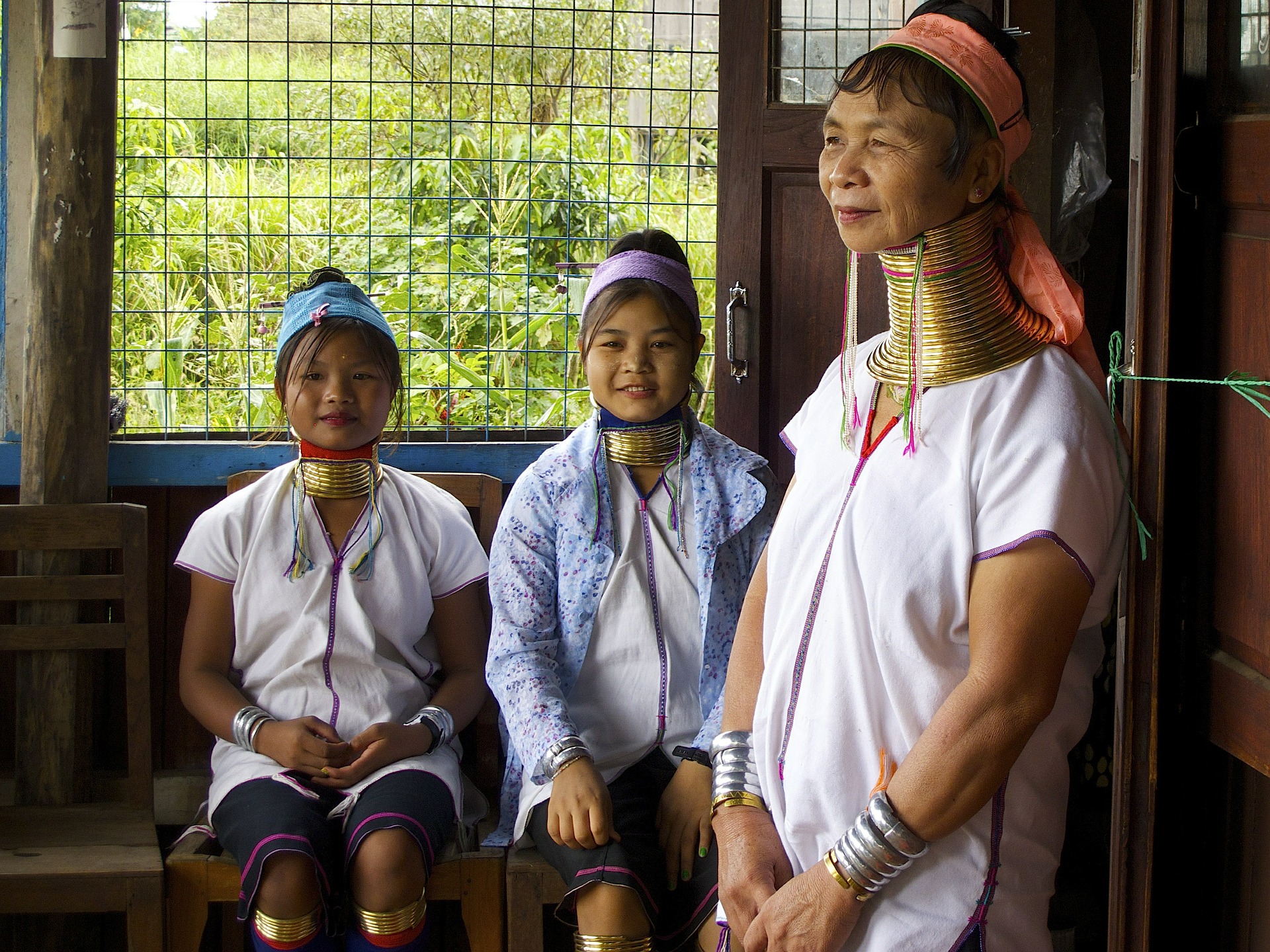
‘Human zoos’, or ‘human safaris’ as they are dubbed in more remote areas, are a growing concern in places such as Peru, where unscrupulous tour operators are profiting from the exploitation of indigenous tribes in the Amazon jungle. As tourism increases around the Manú Biosphere Reserve near Cuzco, so does the number of reported sightings of the Mashco-Piro – one of around 15 uncontacted tribes in Peru, and one of only around 100 such tribes left in the world. This is particularly worrying as any attempt to contact such tribe may have grave consequences – a simple cold (their immunity differs from ‘Western’) could put an entire tribe in danger.
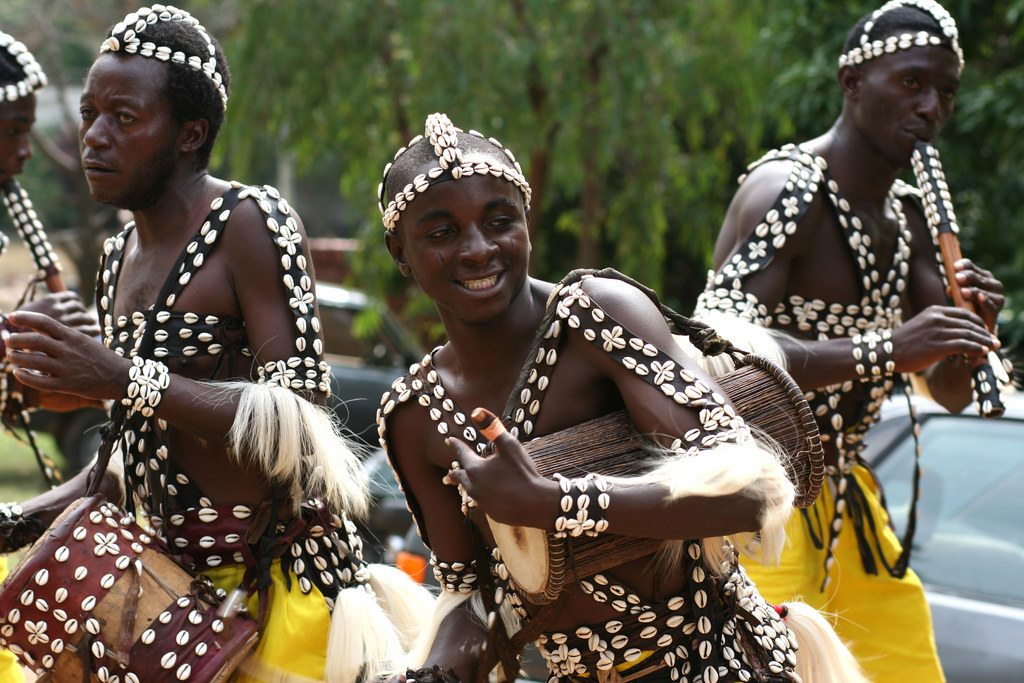
South America is not alone in the struggle. Tour operators in India’s Andaman Islands are offering ‘human safaris’ within the reserve of a recently-contacted Jarawa tribe, despite government promises to ban the practice. Tourists to India’s Andaman Islands are using an illegal road to enter the reserve of the Jarawa tribe in the hope of ‘spotting’ members of the tribe – not unlike spotting wildlife in a safari park… Our partner Survival International has drafted an e-mail to the Indian government asking them to close the road and stop the ‘human safaris’ now, it’s easy to get involved!

On the other hand, some argue that ethnic tourism has helped foster greater awareness of indigenous people, many of whom face oppression, forced land relocation, and challenges to social and economic integration. The influx of tourists has also allowed for traditional tribal arts and handicrafts to flourish, which often means an additional – or the only – source of income for the community. The intricate hand-made masks of Costa Rican Boruca people, for example, have gained international fame and facilitated not only economic self-reliance of the village, but also the preservation of the craft.
Ethnic tourism has fostered greater awareness of indigenous people many of whom face oppression.
Similarly, the Chorotega potters of Costa Rica’s village of Guaitil continue creating their distinctive pre-Columbian oven baked art pottery. Some of these Indian pottery pieces are re-creations of their ancestors’ archaeological objects – the government provides them with photographs of the original artifacts from the national museum collections. Workshops and organizations which maintain this rich legacy, passed down from generation to generation, are only possible thanks to the numerous travelers who visit the village to experience this journey back in time through art. Sales of the Guaitil’s pottery have become the economic base for supporting the entire community.
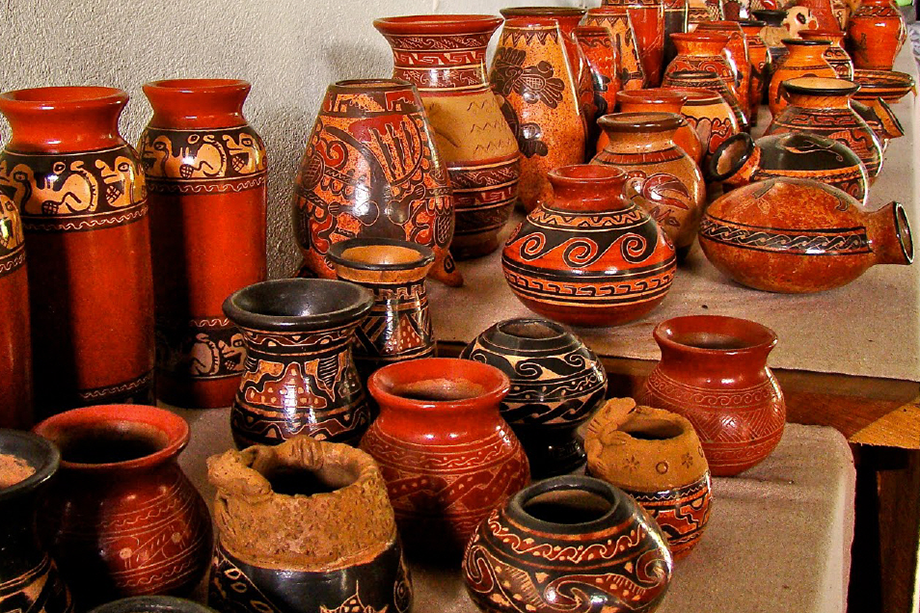
The debate doesn’t just apply to foreign visitors on ‘exotic’ holidays – native culture advocacy in places such as Canada and the US is much needed at the level of domestic tourism, too. In Australia, for example, indigenous tourism is a way for non-indigenous Aussies to hear about Aboriginal and Torres Strait Islander ways of life. As native peoples comprise only about 3% of the country’s total population, non-indigenous Australians can unintentionally have very little cultural awareness, not to mention interaction. Experiences that form a nation-wide reconciliation program include sharing history and traditions through tours, promoting native foods, arts, music and dance.
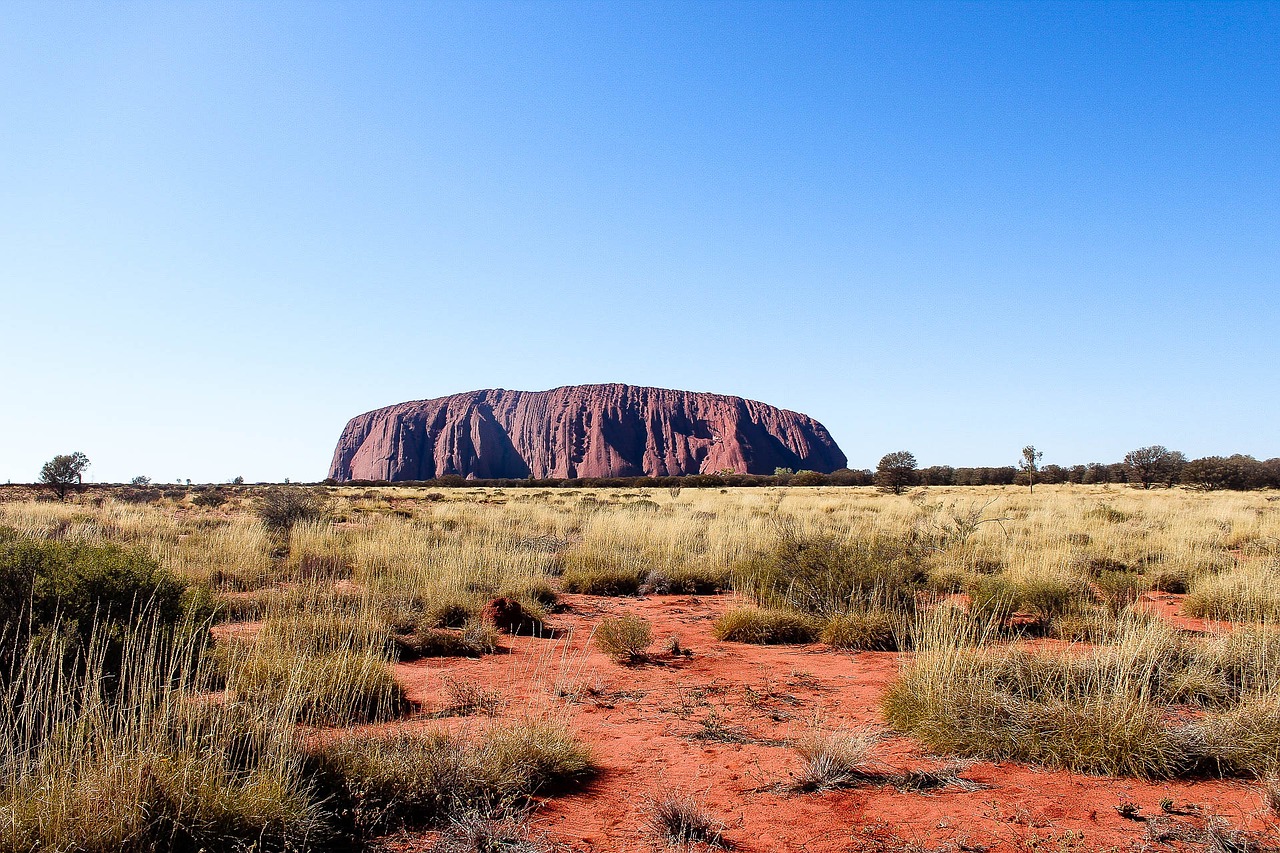
Despite the efforts, the culture divide between Aboriginal peoples and non-Indigenous Australians is not easy to bridge. One of the major tourist attractions in the country – Uluru, or Ayers Rock, in Uluru-Kata Tjuta National Park, is a case in point. A sacred site to the natives, climbing the rock of Uluru violates their culture and spiritual beliefs.
The climb is not prohibited. Instead, the local authorities have decided to merely educate the visitors on the risks, according to the ancestral teachings of Tjukurpa, so that they can make the decision not to climb themselves. Fortunately the approach has been successful and the number of people climbing Uluru has been steadily declining.
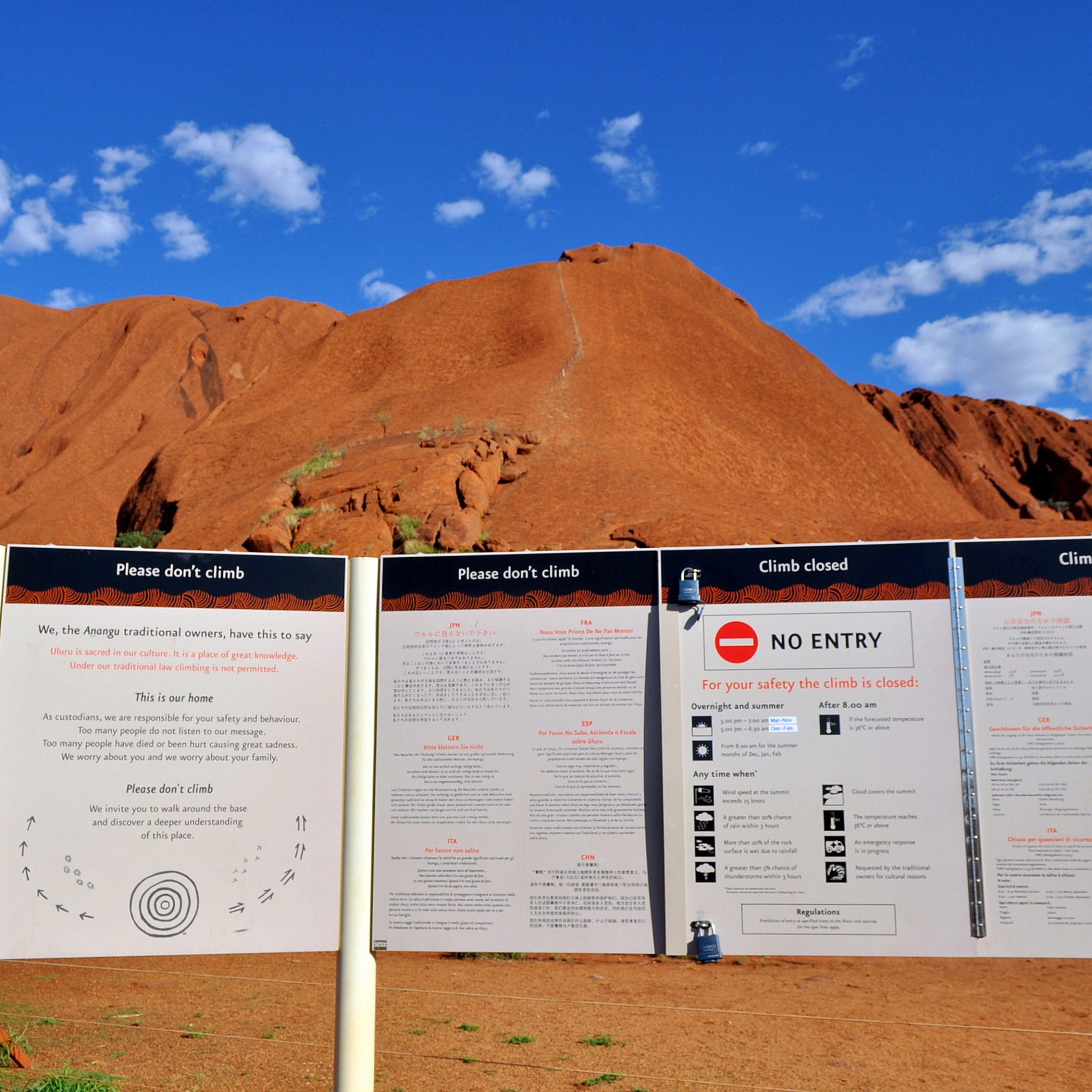
It’s a well known travellers debate: participate in ethnic tourism and visit the tribes because they directly rely on it, or don’t visit to avoid further exploitation. Indeed, in many cases the alternative for locals to earn a living is typically labor-intensive agriculture or relying on the government or NGOs, but as we can see the dilemma is not all that black and white.
As always, ‘doing the right thing’ is a matter of doing enough research and asking enough questions. Travelers who wish to participate in some form of tribal tourism (other than involving uncontacted tribes – that’s invariably highly discouraged) need to inform themselves on the tribe they wish to visit and make sure that any payments go directly to benefiting the indigenous people. Long debate in a nutshell – governments need to act to protect indigenous communities, tour operators need to follow a code of conduct, and tourists need to be educated.
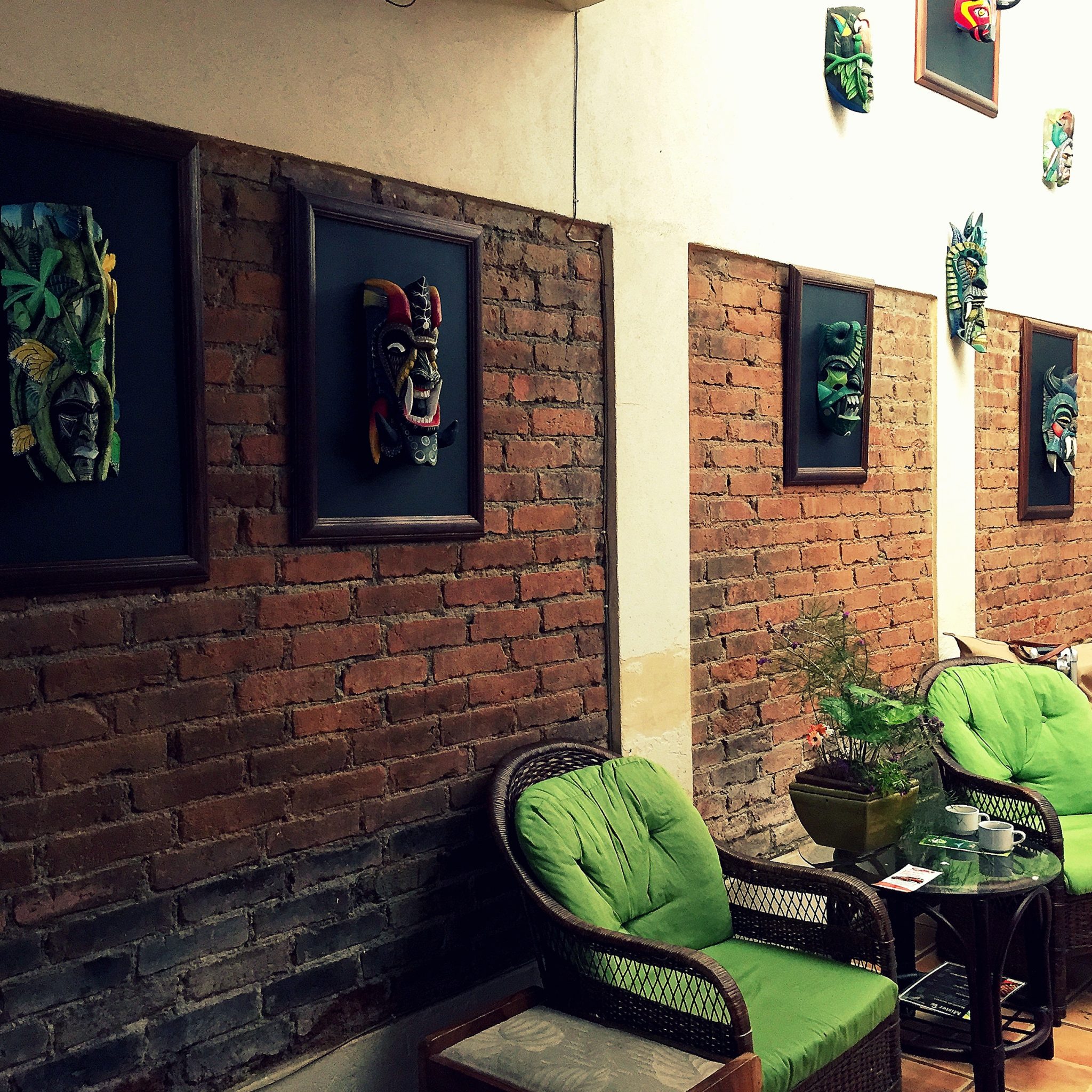
Ethical and responsible tour companies do exist. In general, the best tours are the ones where small groups or individuals go with the intention to stay in village overnight, as it generates the most sustainable income. These homestays are usually pretty rough by western standards, so be prepared for that, but also for a true cultural immersion and quite likely an experience of a lifetime.
Generally the best tours are the ones where visitors stay overnight, as it generates the most sustainable income.
Next Step Thailand, which offers ethnic tourism within the northern Hill Tribes territory, offers such homestays and more. Their Share the Dream initiative is designed to help local villagers lead better lives. Through the project, they raise funds for local school children and for basic medical equipment, as well as recruit volunteers to teach English in the remote villages and to help rebuild local schools. Thus by going on a tour with them, you automatically help local tribal communities. They aim to help them stay independent and maintain their uniqueness all while making it possible for tourists to experience and understand their culture. Similarly meaningful encounter with the Karen people can be arranged with the help of Rickshaw Travel.
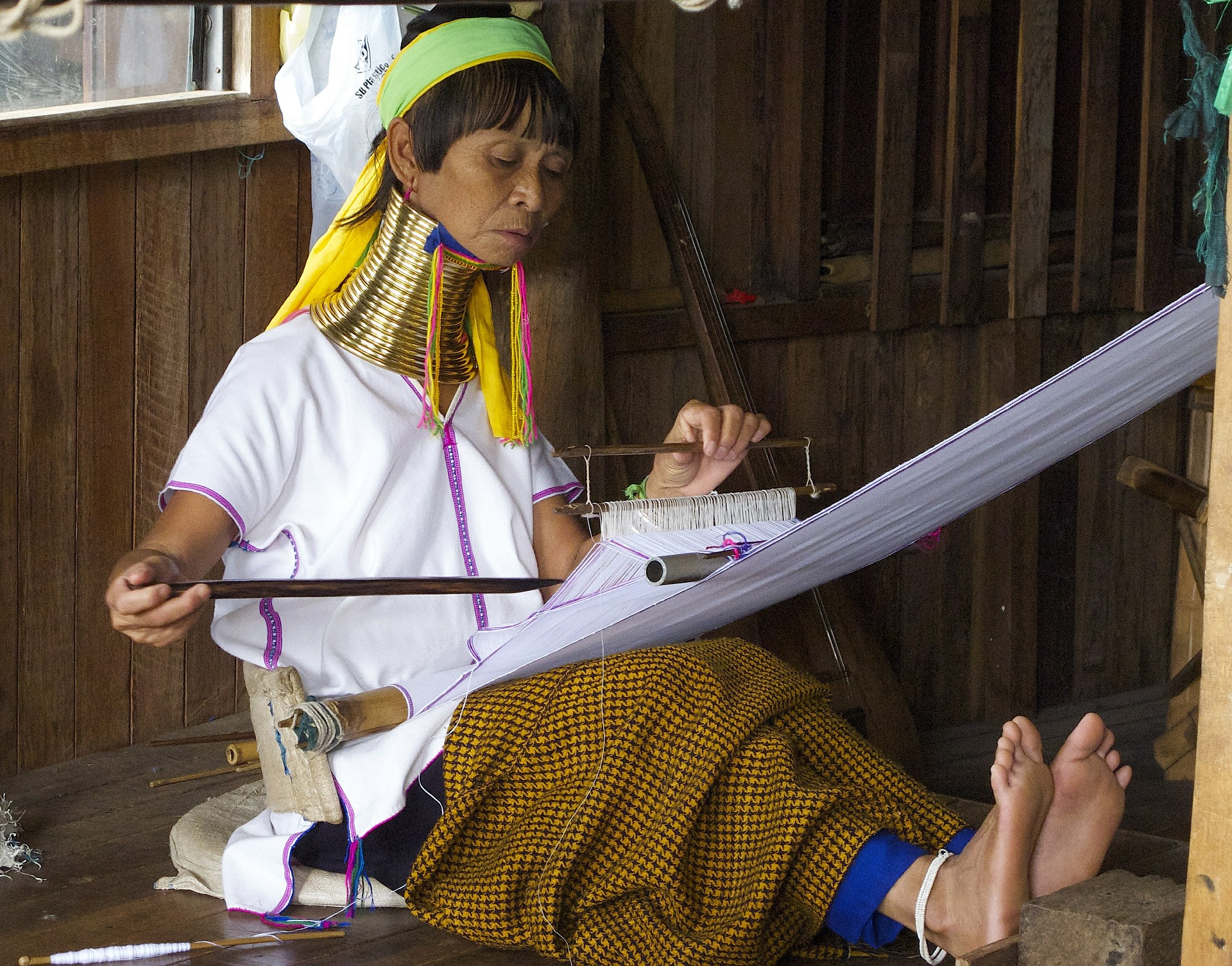
In Western Australia’s Golden Outback town of Dumbleyung, indigenous operator Wuddi Cultural Tours aims to keep the local Aboriginal culture alive, and to pass on knowledge to the next generation through custom built tours to experience the local area and connect the sites and artefacts to the stories of their people.
In the south of the country, 100% Aboriginal-owned and operated Bookabee goes beyond ethnic tours designed to give insight into Aboriginal Australian history and culture. It also offers Cultural Awareness Training that enhances and inspires participants’ knowledge and encourages participants to challenge their personal values and attitudes to promote a better understanding of Aboriginal Australia. Viewing Australia through the eyes of a “First Australian” tour guide provides a new dimension of experience and understanding.
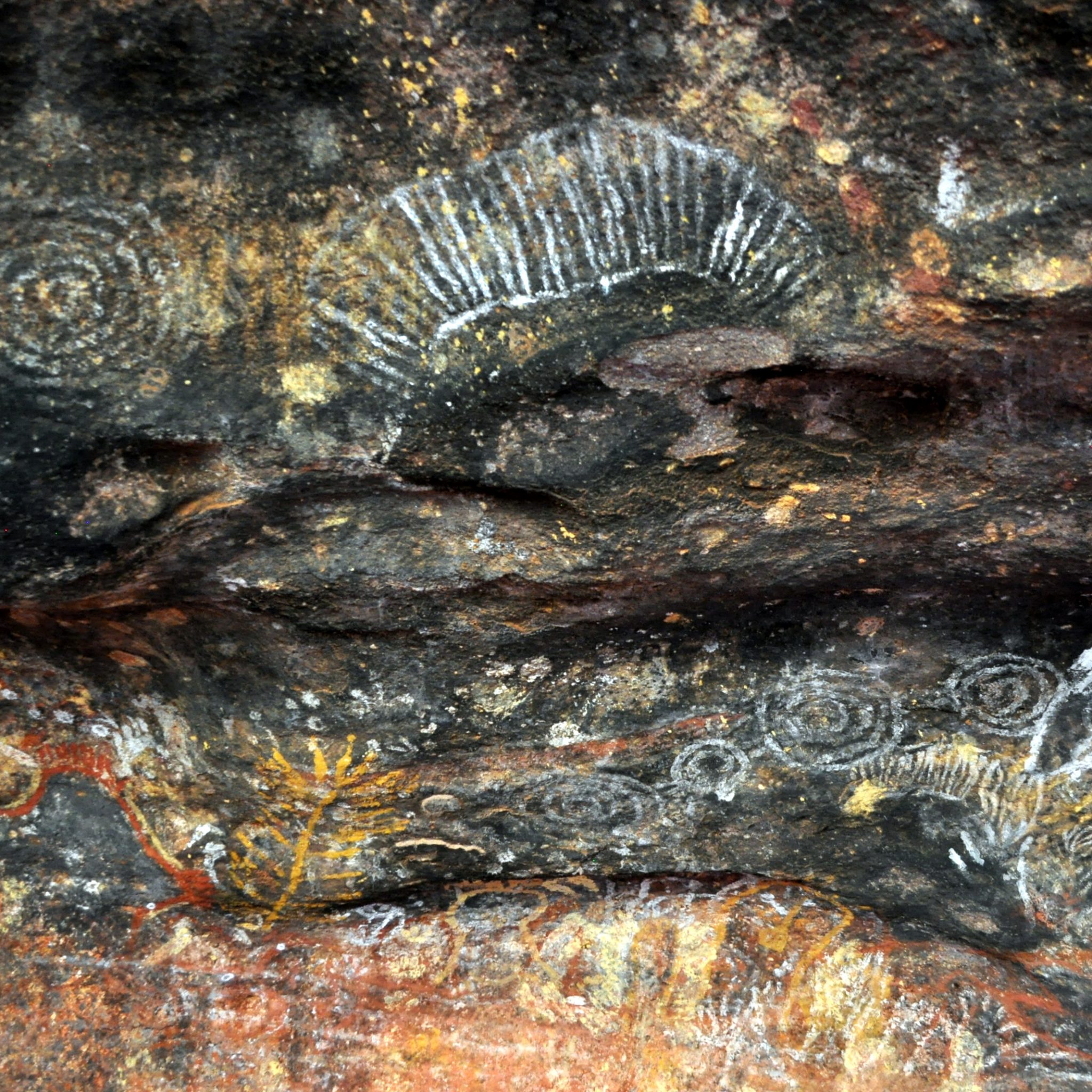
As indigenous tourism and the desire to experience “authentic” native life are growing in popularity across the globe, we have to start asking ourselves whether the consequences of tribal tourism are more detrimental than beneficial. Ironically, the longer we take those visits for granted the more the sought-after authenticity vanishes, and with it precious heritage.
Photography by Gabriela Sijer and Unsplash

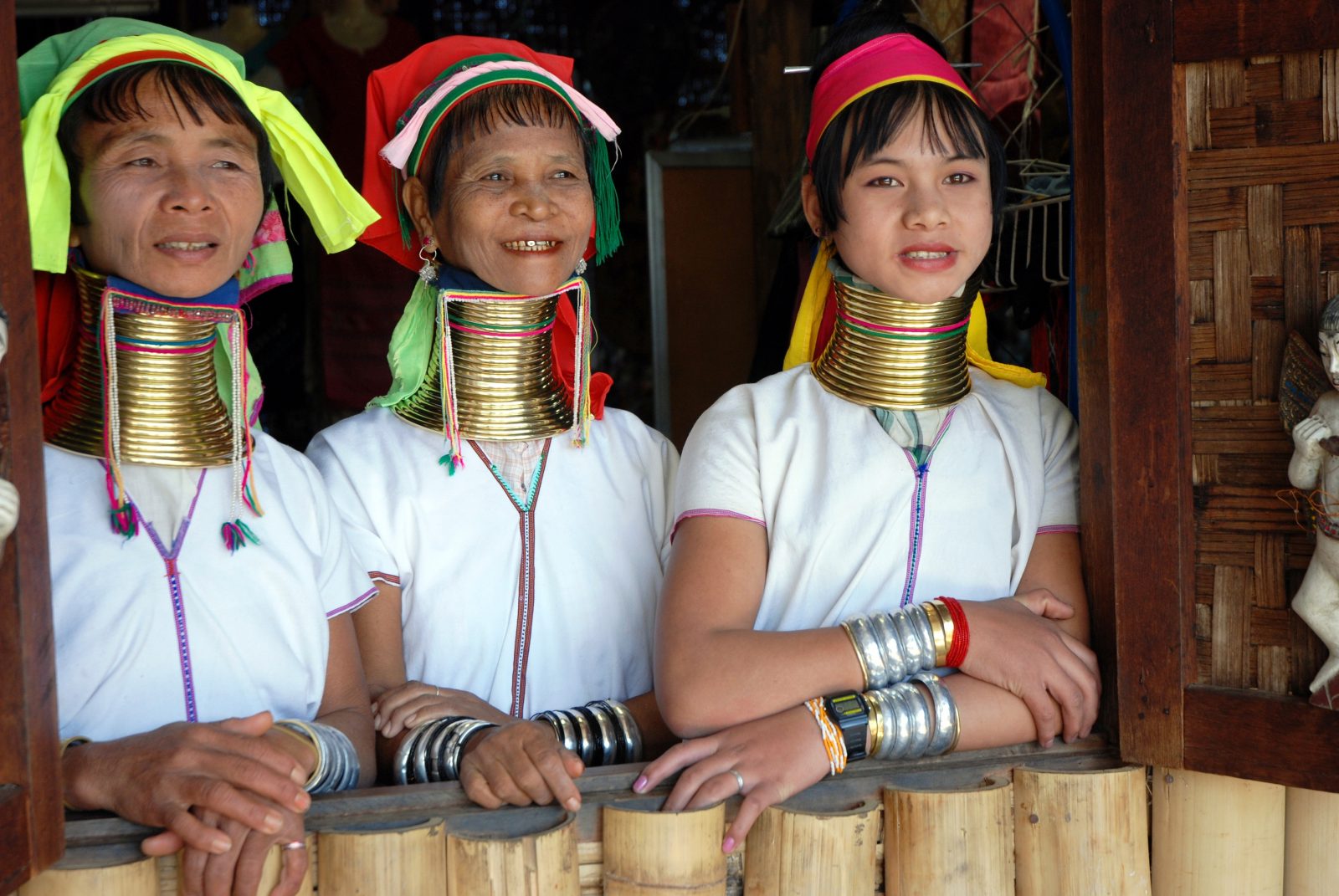



Comment (0)